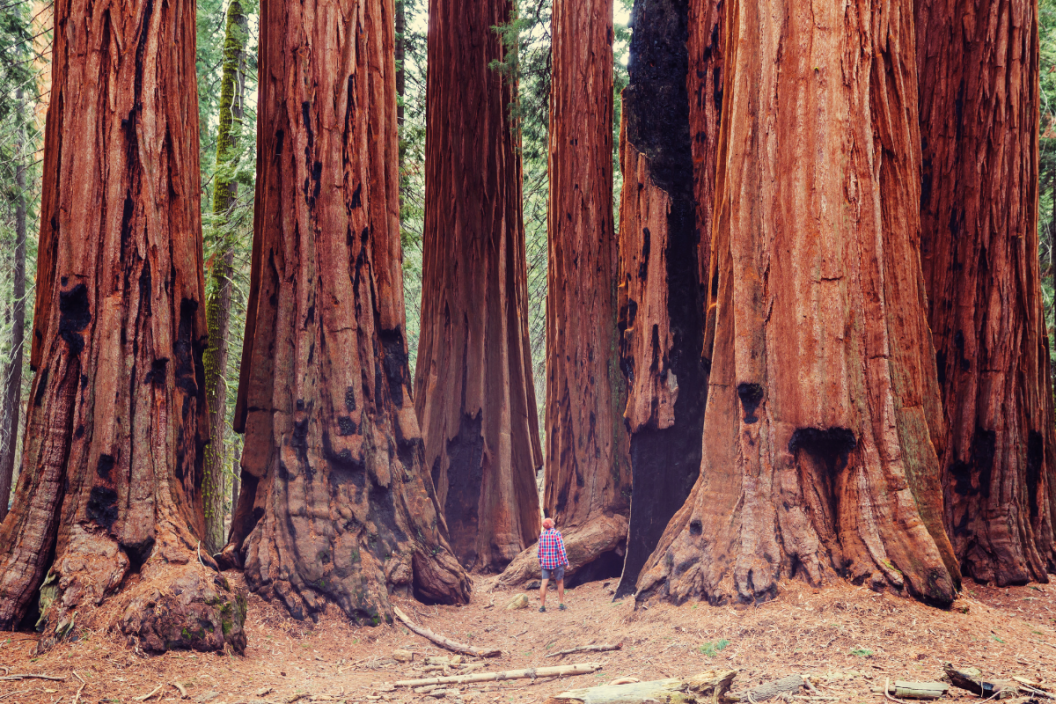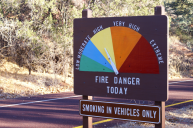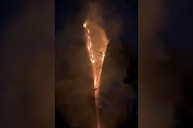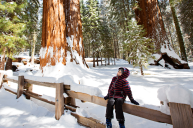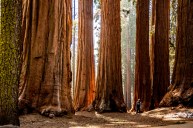As of October 14, the Sequoia and Kings Canyon National Parks began taking emergency steps to protect their giant sequoia trees from wildfire danger. With more frequent wildfires in recent years, these majestic trees are in peril. Measures to protect them include cutting back and taking out dense brush and other vegetation that can contribute to fuel ladders around the 11 groves being targeted for protection. Several are in remote areas.
Park staff will do much of the work by hand, and brush removed from the areas will be disposed of in burn piles. Eventually, park staff will use prescribed fire in the areas that were previously thinned by hand.
"In the midst of a new era of extreme fire behavior fueled by climate change, this work is an important step towards ensuring the long term viability of the ancient giant sequoias and protecting them from future losses," Chuck Sams, director of the National Park Service, said in a press release. "We have the tools to protect this iconic species and will deploy them as needed."
Between 2020 and 2021, three massive wildfires—the Castle, Windy, and KNP Complex Fires—killed between 13% to 19% of the world's giant sequoia trees, the release said. Sequoias are generally hearty trees that grow and regenerate easily after low-to-moderate fires, but these three fires burned with such intensity that many could not survive. Parts of the forest were so badly damaged by the flames that no mature trees were left to reseed the areas. And since fires have not occurred in those areas for some time, there was a lot of fuel, creating more intense fires.
In the same press release, Clay Jordan, the superintendent of Sequoia and Kings Canyon National Parks said, "The fires of 2020 and 2021 underscored the importance of deploying all tools at our disposal to protect sequoia trees. Park managers are assessing the appropriate fuels reduction tools for each grove on a case-by-case basis."
The majority of the thinning will take place this fall, while prescribed burns will likely begin in the fall of 2023, depending on the planning stages.
